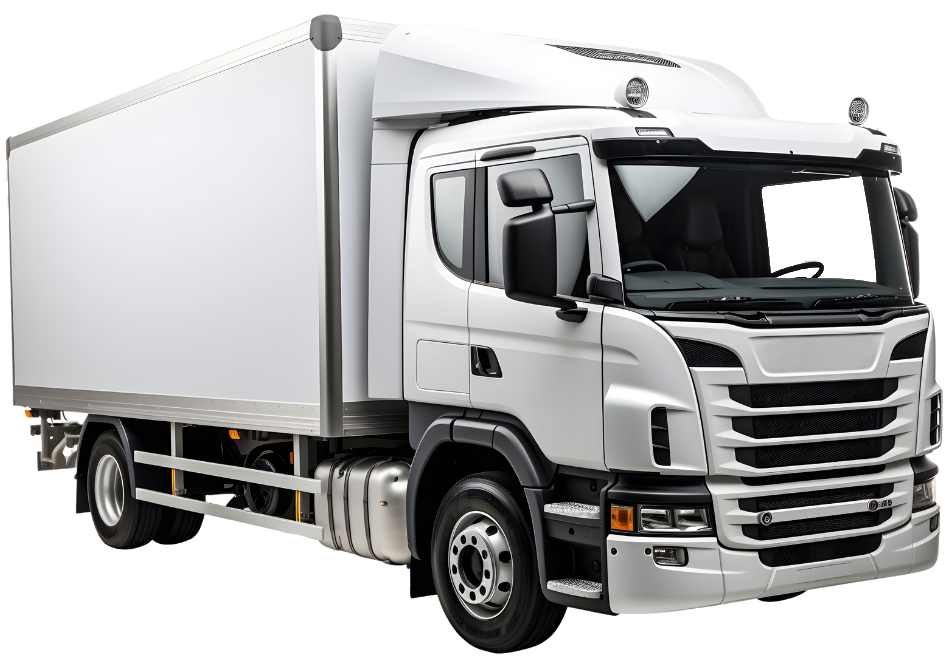Do you know major Indian metro cities come under top most polluted cities in the world? And one of the major reasons for that is excessive vehicular emission. Emissions by vehicles contain many dangerous and poisonous gases in them which deteriorates the air condition further ahead. In April 2020 Govt. has made it compulsory for all the vehicles to have BS6 Engines rather than BS4 Engines. which increases filtration of the emission from the BS6 engine. Even in 2025 this topic is still relevant if you are looking to buy a used vehicle from the market or you are a rural transporter. Your truck can get confiscated with pollution regarding law if you are not careful enough.
In this blog we will deeply read about the differences between both the engines. How well each one performs and how much emissions dampen the performance of the engine. How much cost and resale value get affected from these. And what are their implications of these over fuel economy and compliance of the truck.
What are BS emission norms and Who sets them?
- BS emissions are controlled by the government. Its full form is Bharat Stage emission standard. Its name signifies its importance all over India. This was introduced by the Ministry of Environment. It is introduced as a measure against environmental pollution. Central pollution control board(CPCB) is the one which manages it and ensures every new engine passes its norms.
- BS norms reduce air pollution from vehicle engines by setting strict limits on harmful emissions like nitrogen oxides and particulate matter. To meet these standards, vehicles use cleaner technologies like improved engine designs, better fuel systems, and filters to reduce pollutants. As the norms get stricter (from BS-IV to BS-VI), vehicles adopt even more advanced solutions to meet the limits.BS4 was introduced in 2017 and BS6 was introduced in 2020. Older engines with BS4 have been lagging in controlling pollution and might face issues with stricter pollution related laws.
BS4 vs BS6 What is the differences
| Bases | BS 4 | BS 6 |
| Norms | Bases on Euro 4 | Based on Euro 6 |
| Sulphur in fuel | Maximum 50 ppm(parts per million) | 10 ppm(Parts per million) |
| Nitrogen oxides(NOx) diesel | Higher nox limits 250 mg/km | 68 % lower nox limits 80 mg/km |
| Nitrogen oxides(NOx) petrol | Higher nox limits 80 mg/km | 25% lower nox limits 60 mg/km |
| Emission Control Technologies | Basic catalytic converters and EGR systems | Advanced catalytic converters. EGR, DPF, SCR |
| Addictive properties | Fewer regulation on fuel additives | Stricter fuel quality and use of additives to improve combustion |
| Particulate Matters (PM) Diesel | 25 mg/km | 4.5 mg/km |
| Particulate Matters (PM) Petrol | Not specified | 4.5 mg/km |
| Impact on Health | Increased risk of respiratory and cardiovascular diseases | Cleaner air with reduced health risks, fewer respiratory and cardiovascular problems |
Who gives better performance and Efficiency
- Power output – BS6 engines when they just launched have lighter power outputs than BS4 engines as they have stricter emission norms. In the second phase of BS6 it has shown more refined and optimised engines giving a better performance and implementing emission norms together.
- Fuel efficiency – In BS 4 engines we have seen average mileage but early phases of BS6 have shown considerably reduced mileage due to heavy emission systems. With the advancement of BS6 companies have made engines with better fuel mapping and thermal efficiency which boosts vehicle’s mileage.
- Engine lifespan and maintenance – BS4 engines have simpler maintenance tha BS6 engineers and their parts are cheaper. BS6 diesel engines have long lasting engines if they are maintained well but they have slightly higher cost.
Resale value and market Relevance of both engines in 2025
- BS 4 Vehicles – BS4 has seen resale value drop by 20% to 30% since 2023. After the launch of BS6 phase 2 BS4 resale value has taken this drastic hit. They can be registered as new vehicles in most states which makes their old stocks useless. They are still in use in Tier 2 or 3 cities and rural belts.
- BS 6 Vehicles – BS6 vehicles have better resale value compared to BS4 vehicles. They are RTO approved all over India. They have lower loan risk and better insurance approval than BS4 emission engines. They are more attractive to fleet buyers as they have because of emission compliance.
Conclusion
In conclusion, choosing between BS4 and BS6 engines in 2025 is not just about performance but also about environmental responsibility, compliance, and future-proofing your vehicle. With stricter emission norms, BS6 engines offer superior air quality and health benefits by reducing harmful pollutants like nitrogen oxides and particulate matter, making them the ideal choice for modern-day drivers and businesses. While BS4 engines are still in use in certain areas, their resale value has significantly dropped due to new emission laws, making BS6 vehicles a more valuable long-term investment.If you’re in the market for a used vehicle or need to upgrade your fleet, BS6 trucks offer better fuel efficiency, performance, and resale value. They’re also fully compliant with the law across India, ensuring that your vehicle is ready for the future.
Make sure your next vehicle purchase aligns with the latest emission norms to protect your investment and contribute to a greener future. If you need assistance in finding the Make sure your next vehicle purchase aligns with the latest emission norms to protect your investment and contribute to a greener future. If you need assistance in finding the best BS6 trucks, reach out to TrueXautomall, where we can guide you through your options and help you select the perfect vehicle for your needs.


